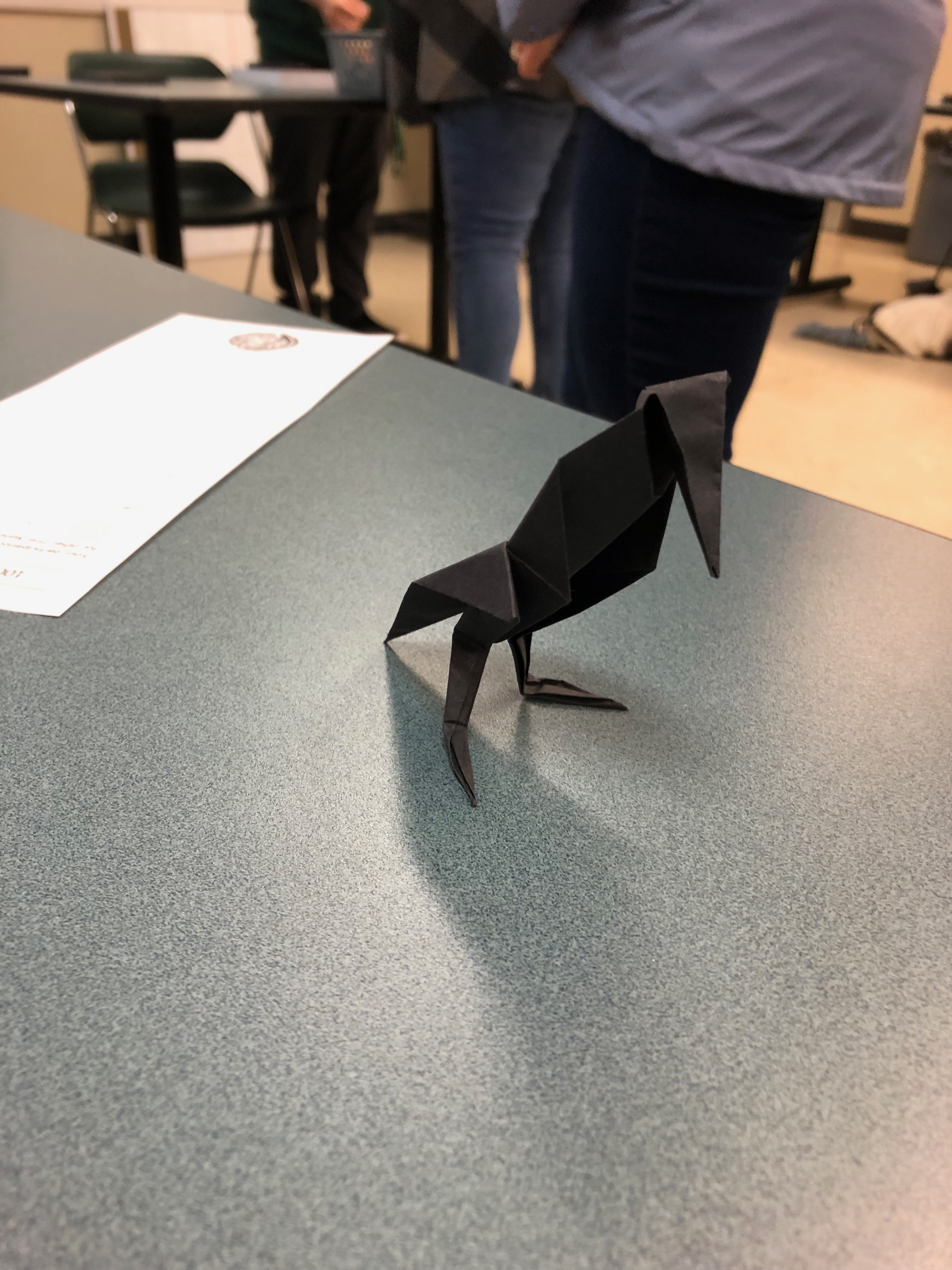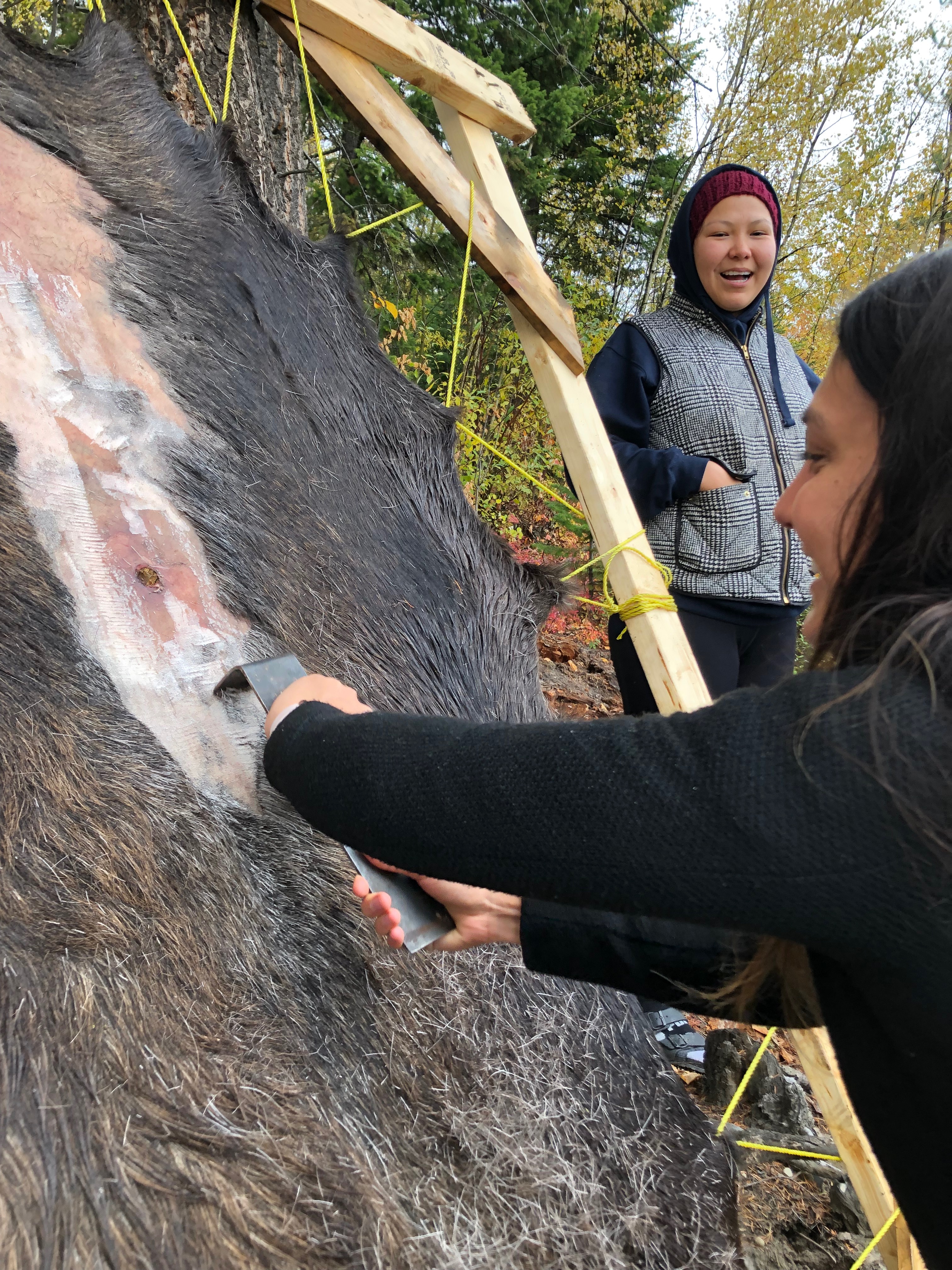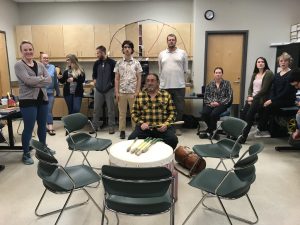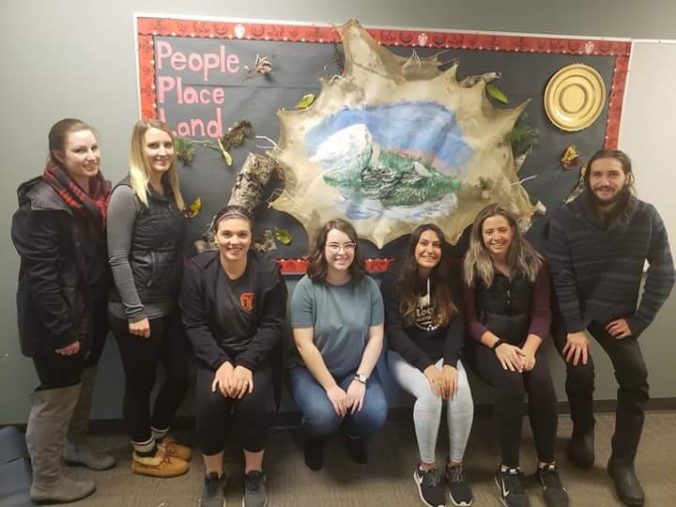Educators respect and value the history of First Nations, Inuit and Métis in Canada and the impact of the past on the present and the future. Educators contribute towards truth, reconciliation and healing. Educators foster a deeper understanding of ways of knowing and being, histories, and cultures of First Nations, Inuit and Métis.
As an educator, my goal is to openly work towards reconciliation by fostering an understanding of First Nations culture and ways of knowing in my classroom. The First Peoples Principles of Learning have been extremely helpful for me in incorporating First Nations ways of knowing in my classroom. It has been my goal to allow my students to deeply understand these principles, rather than memorize them, which I why I take my time when incorporating each principle into my classroom.
I recently purchased a set of “Strong Body and Mind” yoga cards, which are a great tool for incorporating First Nations ways of knowing. The cards are constructed through First Peoples ways of knowing, and help build an understanding of reflective practice through their emphasis on respect, witness, gratitute, and connection. Some cards also feature animals that are sacred to First Nations culture, such as the raven and the bear. I plan to use these cards in several different ways for my upcoming practicum, including oral storytelling, yoga, journal prompts, and discussion. I am hoping that the activities I have planned for my students will lead them to further inquire about different aspects of First Nations culture that we can explore as a community.
I am constantly seeking new opportunities to learn about First Nations culture. Below are some of the learning opportunities I have taken part in.

A photo of an orgami raven I made, participating in the “1000 Ravens for Reconciliation” movement at UNBC. 
I had the pleasure of learning how to scrape a moose hide from one of my Indigenous peers.

Learning drumming from an Elder in our classroom.

A bulletin board we made focused on People, Place, and Land.